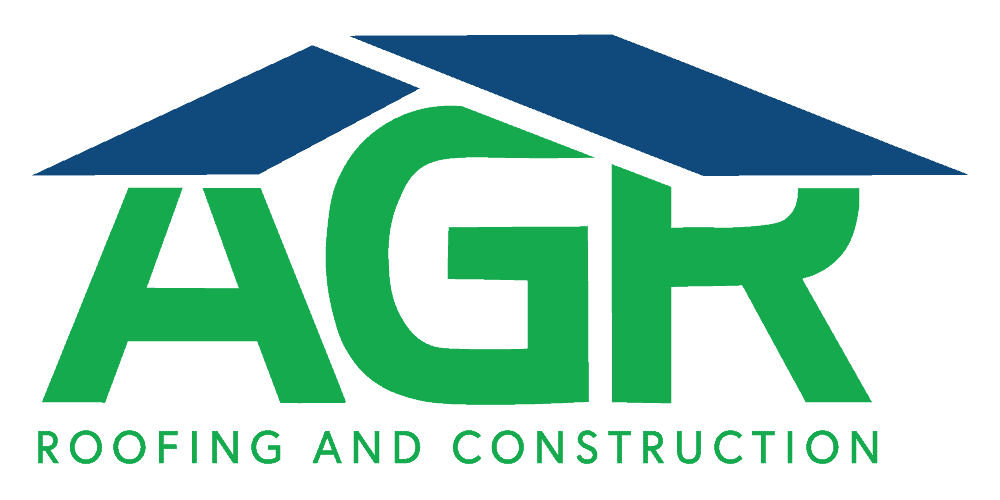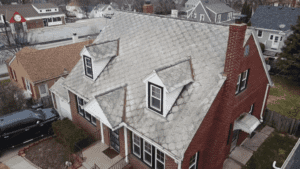New roof installation may be required for several different reasons. A severe storm, tree damage, or inevitable deterioration over time can create the need for roof installation services. Installing a new roof is a major project that homeowners shouldn’t take on themselves. For a long-lasting roof that can withstand all that Mother Nature throws your way, you’ll need the help of an Omaha roofing contractor. Attempting to install a new roof on your own can be dangerous – this project requires experience and expertise in working on a roof, which is inevitably at a significant height. Plus, a professional team will install your roof more quickly and efficiently, allowing you to return to your regular schedule as soon as possible.
So, what does the roofing installation process entail for Omaha homeowners? Let’s find out.
How Long Does Roof Installation Take?
First off, let’s discuss how long roofing installation typically takes. Usually, roofing installation can be completed in a few days. This is the standard for asphalt and metal roofing, with asphalt roofing usually requiring only one day for installation. Larger roofs or heavier roofing materials can prolong the roof installation process, potentially requiring a full week for completion. When you select your roofing material, your roofing contractor can give you a time estimate for the roof installation project.

The Steps In The Roofing Installation Process
Deliver The Roofing Materials.
Before any roof installation can begin, the materials must first be delivered to the home. The materials will be ordered ahead of time, then sent to the home so that they’re ready for installation. Once the materials arrive, the roofing contractors will begin the next step of the installation: removing the old roof.
Remove The Old Roof.
The old roof must be removed before the new roof can be properly installed. For durability and longevity, a new roof can’t be installed on top of an old roof. Damage could be present to the underlying structure of the roofing system, and if the damage isn’t addressed before the new roofing materials are installed, it will diminish the roof’s lifespan.
To remove an old roof, all of the shingles and nails must be taken off. A single nail that’s accidentally left behind could leave a hole in the new shingles. So, it’s crucial to be thorough in removing an old roof before a new roof installation.
Inspect The Wood Decking.
Once all of the old shingles have been removed from the roof, the wood decking can be looked over by the roofing contractors. The wood decking can’t otherwise be inspected because the shingles obscure it. This step is crucial because the wood decking serves as the foundation of your new shingles. Any wood that’s rotten or wet must be replaced before the new roofing materials can be installed. This will spare you from needing another roof replacement in a few years due to severely damaged wood decking.
Install The Roofing Materials.
There are many components included in the process of installing new roofing materials. These include:
- Drip edge
A drip edge isn’t entirely necessary. But, it cleans up the appearance of your roof and stops shingles from curing. The drip edge must be added before the underlayment.
- Underlayment
The underlayment combats both high winds and ice dams. It’s a self-adhesive material, so the backing will simply need to be removed before the underlayment is positioned and secured to the roof deck.
- Felt/tar paper
Felt or tar paper helps get rid of water that seeps underneath shingles. It also boosts the fire rating of a roof. This paper is stapled to the roof in multiple sections.
- Valleys
Roof valleys are an important part of any roof’s drainage system, and they ensure that water flows away from the structure of the roof. To strengthen your roof, the valleys need to be waterproofed.
- Starter shingles
Starter shingles make up the initial, flat layer of shingles. They’re thinner than regular shingles and provide leak protection for your roof.
- Shingles
With the starter shingles installed, all of the regular shingles must be installed with nails so that they overlap. Any exposed nails will be sealed after all of the roofing materials are in place.
- Flashing
The flashing of your roof is the galvanized metal that provides water protection for the chimney, windows, and other similar parts of your roof.

Final Cleanup
After the roof has been fully installed, your contractor will thoroughly inspect the roof to ensure that it’s up to standard. Then, the roofing team will clean the entire area so that your home is left in the same condition as it was found.
Contact AGR Roofing and Construction today to learn more about the roof installation process in Omaha.





